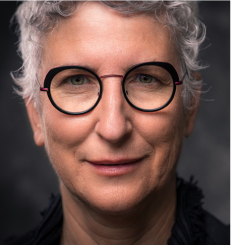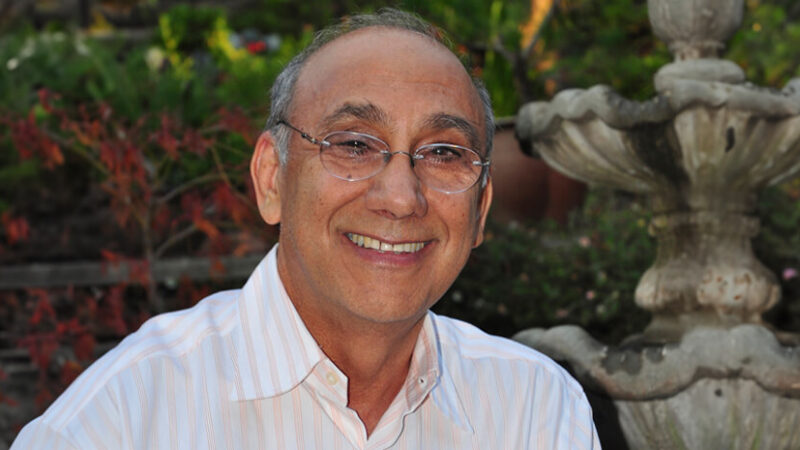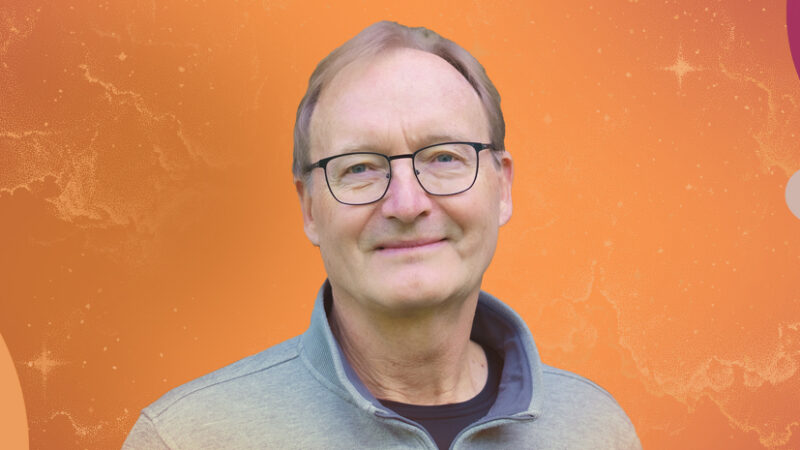A.H. Almaas is the pen name of A. Hameed Ali, a veteran spiritual teacher who founded The Ridhwan School in 1976 to spread The Diamond Approach®, his particular path of spiritual inquiry. He has written many books, including The Pearl Beyond Price, The Unfolding Now, and The Alchemy of Freedom. With Sounds True, he will soon be launching Presence—an eight-week online course devoted to exploring the always-available consciousness underlying all of reality. In this episode of Insights at the Edge, Tami Simon speaks with Almaas about approaching Presence as “the elixir of enlightenment”—the central key to understanding our spiritual nature. Almaas explains the experiential feeling of touching Presence and provides examples of other teachers who have attempted to explain it. Tami and Almaas discuss the possible meaning of enlightenment and why body-based practices are essential to discovering Presence. Finally, they consider why the spiritual path is essentially endless and what it means to be a “complete human being.” (64 minutes)









